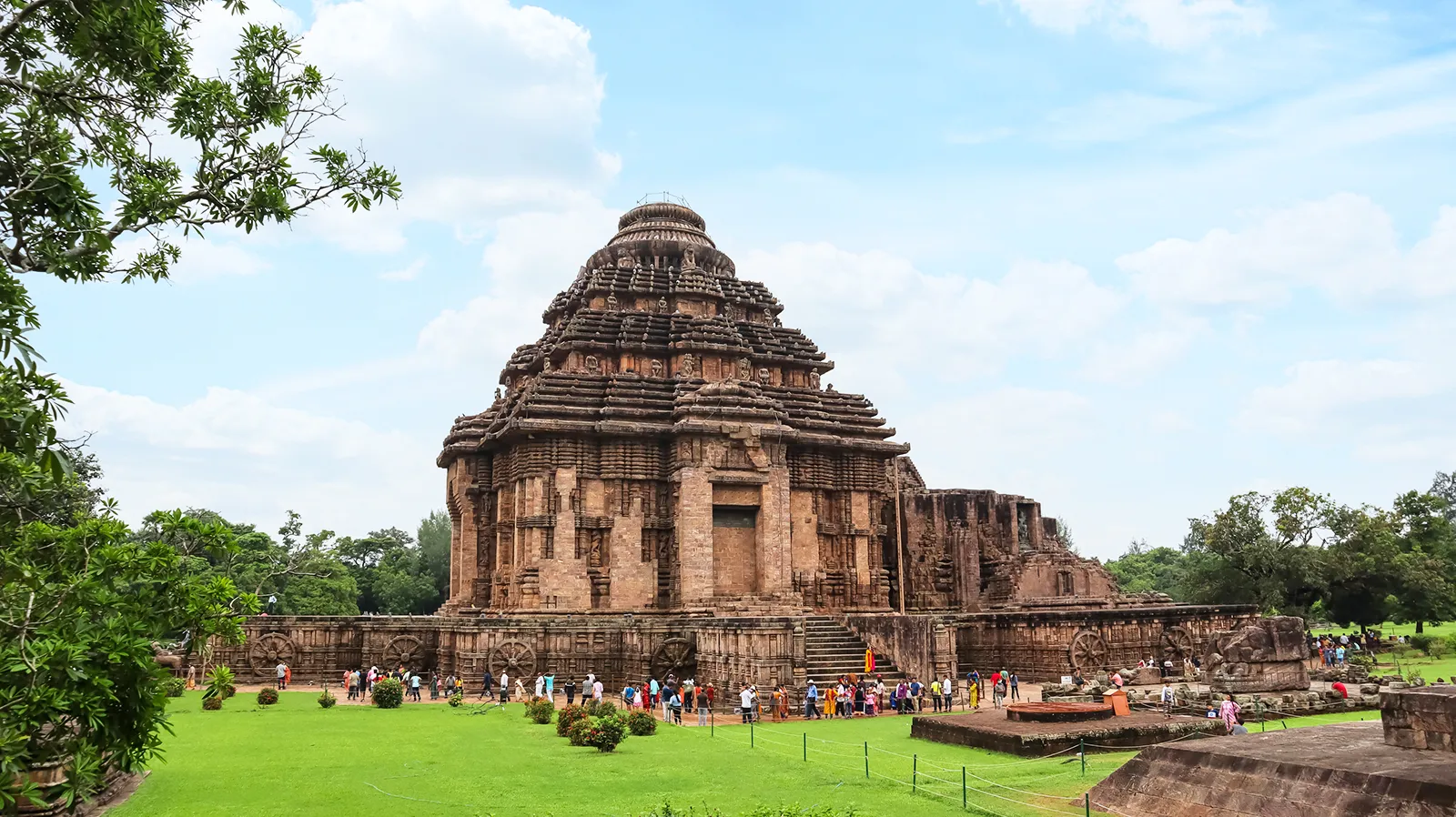The Sun Temple Konark is not just a monument; it’s a living story carved in stone. Standing proudly on the shores of Odisha, this temple has fascinated travelers, historians, and devotees for centuries. Its massive chariot-like design, artistic sculptures, and spiritual aura make it one of India’s most treasured heritage sites. Visiting Konark is more than sightseeing—it’s like stepping into a different era where creativity and devotion merged seamlessly.
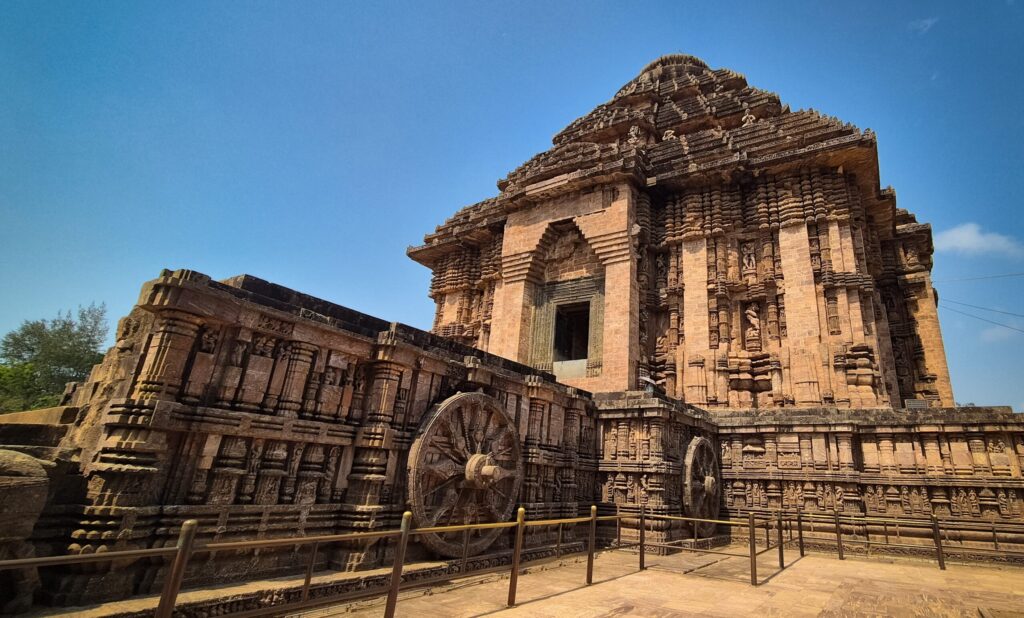
The Legend of the Sun Temple Konark
Every great temple in India has a story, and Konark is no different. Local traditions say that King Narasimhadeva I of the Eastern Ganga Dynasty built this temple in the 13th century to honor the Sun God, Surya. The temple was designed to resemble Surya’s celestial chariot, pulled by seven horses and resting on twelve giant wheels.
There’s also a fascinating tale that Lord Krishna’s son, Samba, was cursed with leprosy. To be healed, he prayed to the Sun God for twelve long years. It is believed that the temple at Konark was built at the site where he was cured.
Legends like these add layers of meaning to Konark. It’s not just stone and mortar—it’s a shrine to hope, healing, and the power of faith.
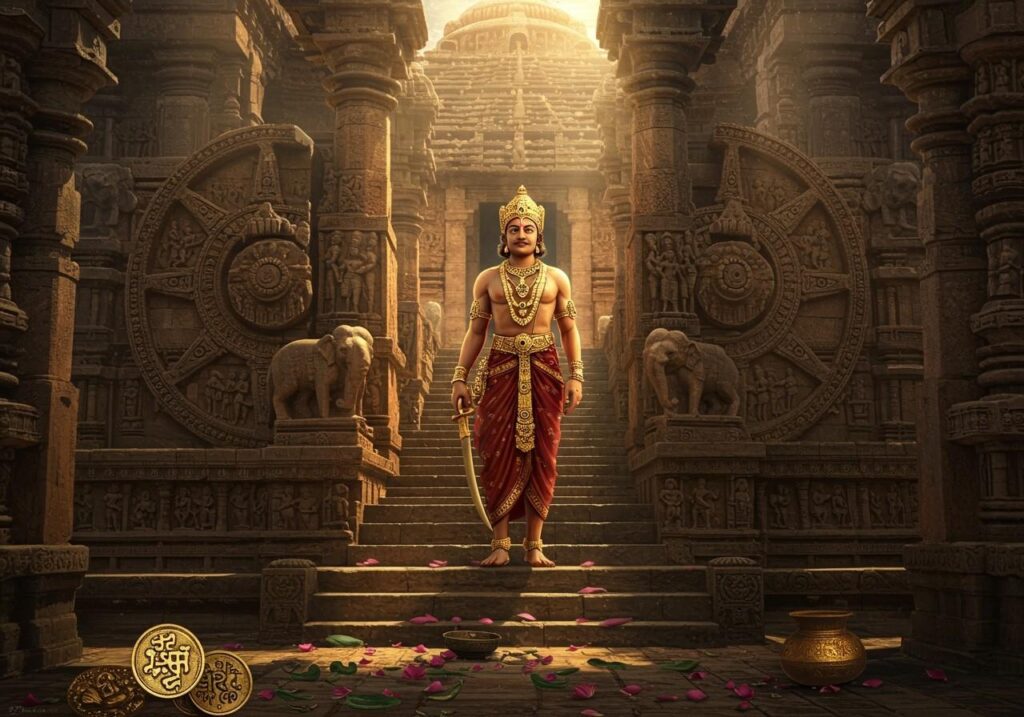
The History in Detail
The Sun Temple was built in the 13th century by King Narasimhadeva I of the Eastern Ganga dynasty. The dynasty was known for its patronage of art and architecture, and Konark was their crown jewel. The king wanted to build a temple that would reflect the power of his empire and honor the Sun God, the source of all life.
Construction of the temple took years and involved thousands of artisans, architects, and workers. What makes Konark extraordinary is the scientific precision with which it was built. The positioning of the temple allowed the first rays of the sun to fall directly on the main sanctum. This blending of devotion and science makes Konark a marvel of its time.
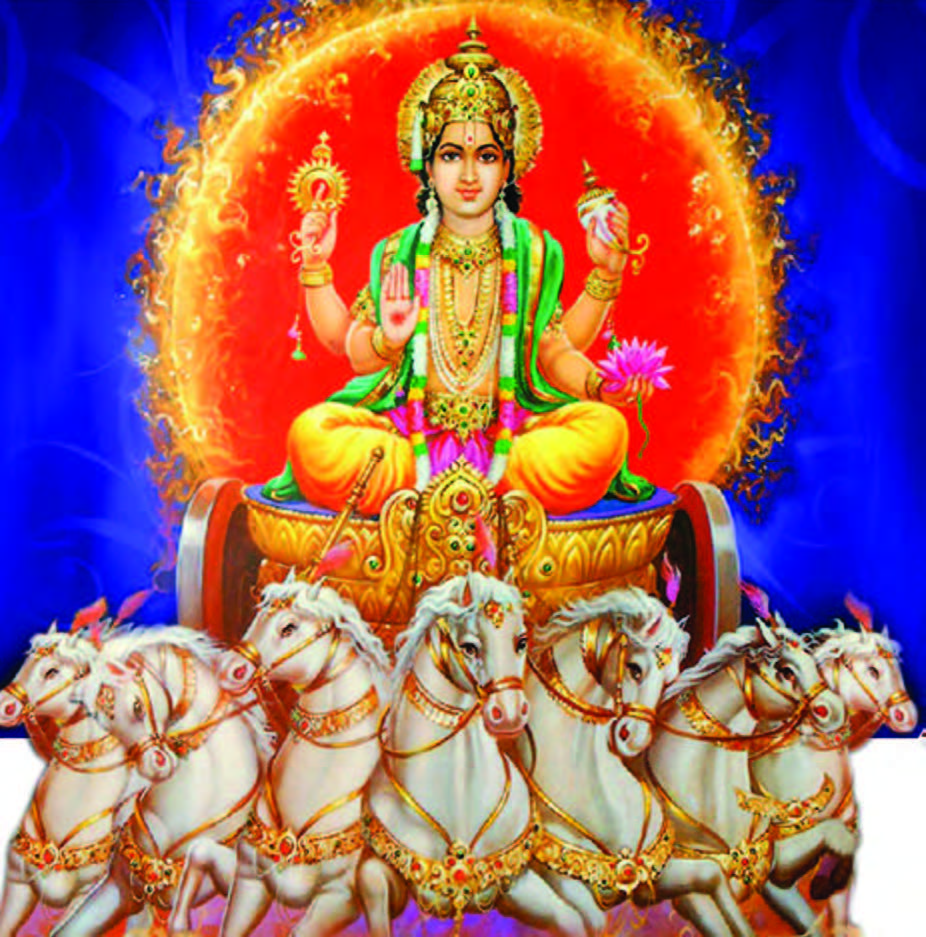
Symbolism in the Carvings
Every inch of the Sun Temple tells a story. The carvings are not just decorations but symbols of life, time, and spirituality.
- The Wheels of the Chariot – The twenty-four wheels represent the 24 hours of the day, each divided into eight spokes symbolizing prahars (time divisions). They also act as sundials.
- The Horses – The seven horses symbolize the seven days of the week and the unstoppable passage of time.
- Erotic Sculptures – Much like the temples of Khajuraho, Konark has intricate erotic carvings. These are not mere artistic expressions but are believed to symbolize the cycle of life and the union of human desires with divine creation.
- Floral and Geometric Motifs – These designs highlight the harmony between nature and the divine.
The temple is a lesson in philosophy, mathematics, and art—all etched into stone.

Mysteries of the Sun Temple
Konark has always been surrounded by mysteries and legends that spark curiosity:
- The Magnetic Power
Old stories say the temple once had a massive lodestone at its peak, which held the iron structure together. Sailors claimed their compasses stopped working near Konark, and that’s why they called it the Black Pagoda. - The Unfinished Temple Theory
Some historians believe the temple was never fully completed. The collapse of the sanctum tower may have been due to design issues or natural disasters. - The Disappearance of the Idol
The main idol of the Sun God no longer exists in the sanctum. Some say it was taken away to protect it from invaders, while others believe it was destroyed during attacks.
These mysteries add a sense of intrigue, making Konark not just a monument but a puzzle waiting to be solved.
Decline and Restoration
The temple, once towering at 229 feet, gradually fell into ruin. The main sanctum collapsed in the 17th century, possibly due to invasions or natural calamities. Over time, sand buried parts of the structure.
In the 20th century, the Archaeological Survey of India (ASI) took major steps to preserve the temple. Today, although much of the original temple is lost, the remaining structure still speaks volumes about its grandeur. The site is maintained with care, and visitors can explore the ruins and imagine its original scale.
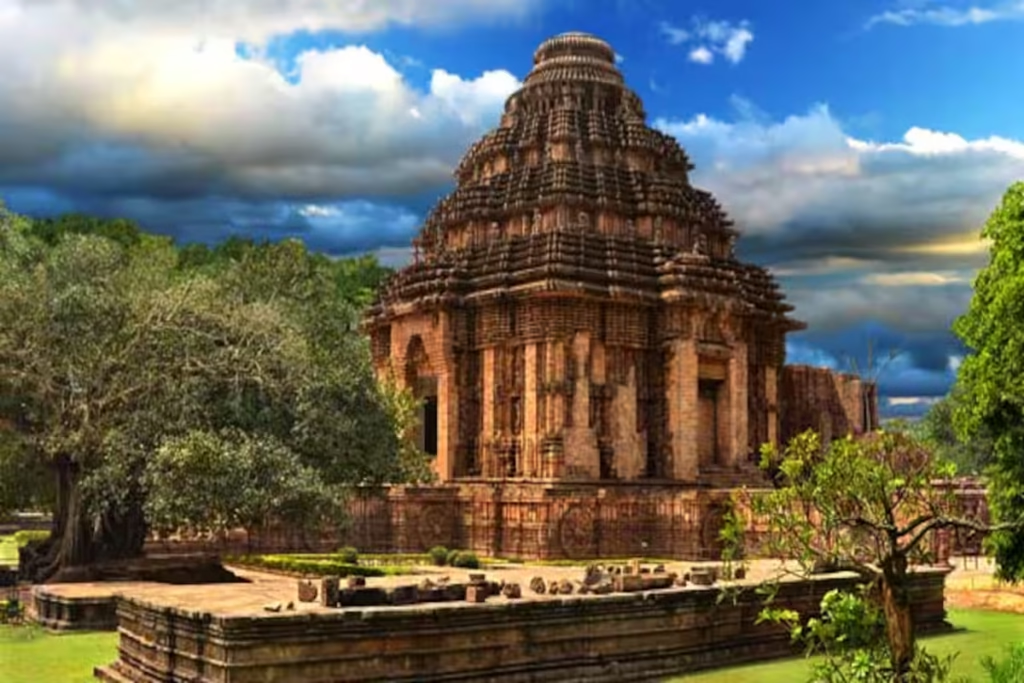
The Experience of Visiting Konark
When you step into the Sun Temple complex, you don’t just see stone carvings—you feel the weight of centuries. Walking around the massive wheels, watching the intricate sculptures, and standing in the shadow of the Jagamohana gives you goosebumps.
Many visitors describe the experience as humbling. You realize that in the 13th century, with no modern tools, artisans created something so precise and artistic that it continues to astonish us today.
Spiritual Importance
The temple was not only built as an offering to the Sun God but also as a symbol of cosmic energy. The Sun, in Hinduism, is a source of life, health, and spiritual power. Worshipping the Sun is believed to bring strength and prosperity.
Even today, devotees visit Konark to pay their respects, and during sunrise and sunset, the temple comes alive with golden rays reflecting off its stone walls, creating a divine atmosphere.
Why the Temple is Called the “Black Pagoda”
Sailors once referred to the Konark Sun Temple as the Black Pagoda because of its dark granite structure that stood out against the bright shoreline. It was also a landmark for ships sailing in the Bay of Bengal. Over time, many stories developed about its magnetic powers and mysterious aura, adding to its legend.
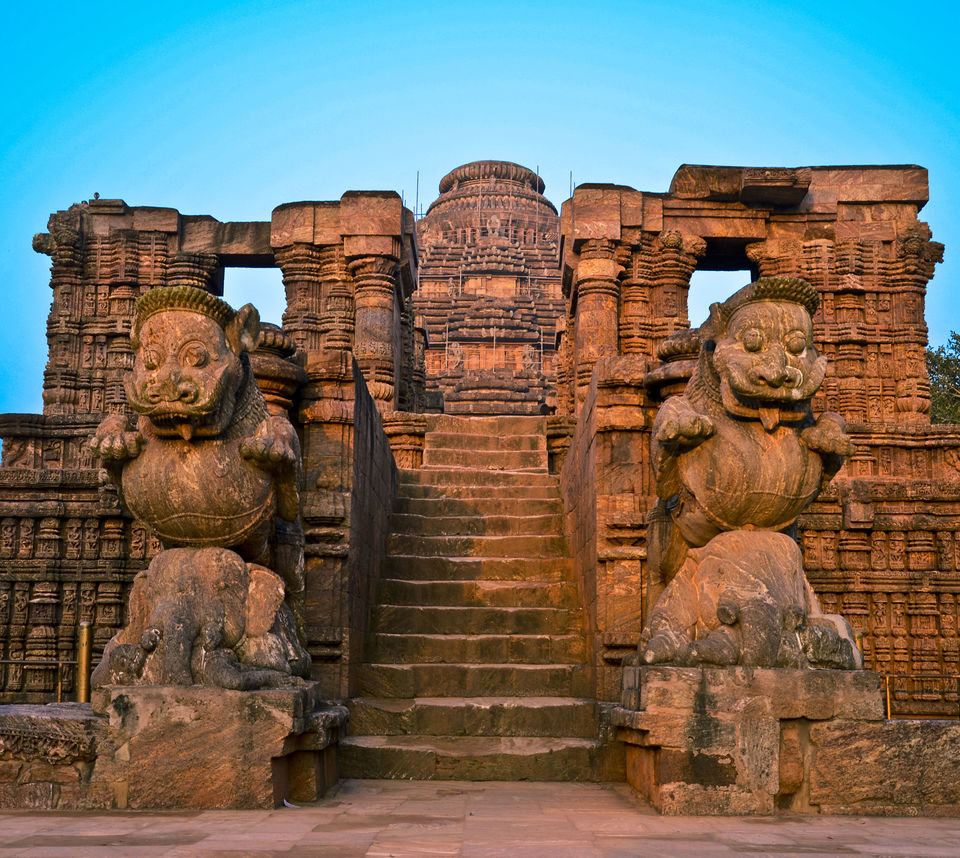
UNESCO World Heritage Site
In 1984, the Konark Sun Temple was declared a UNESCO World Heritage Site. This recognition was not just for its architectural magnificence but also for the cultural significance it holds. It’s a shining example of how art, science, and spirituality came together in medieval India.
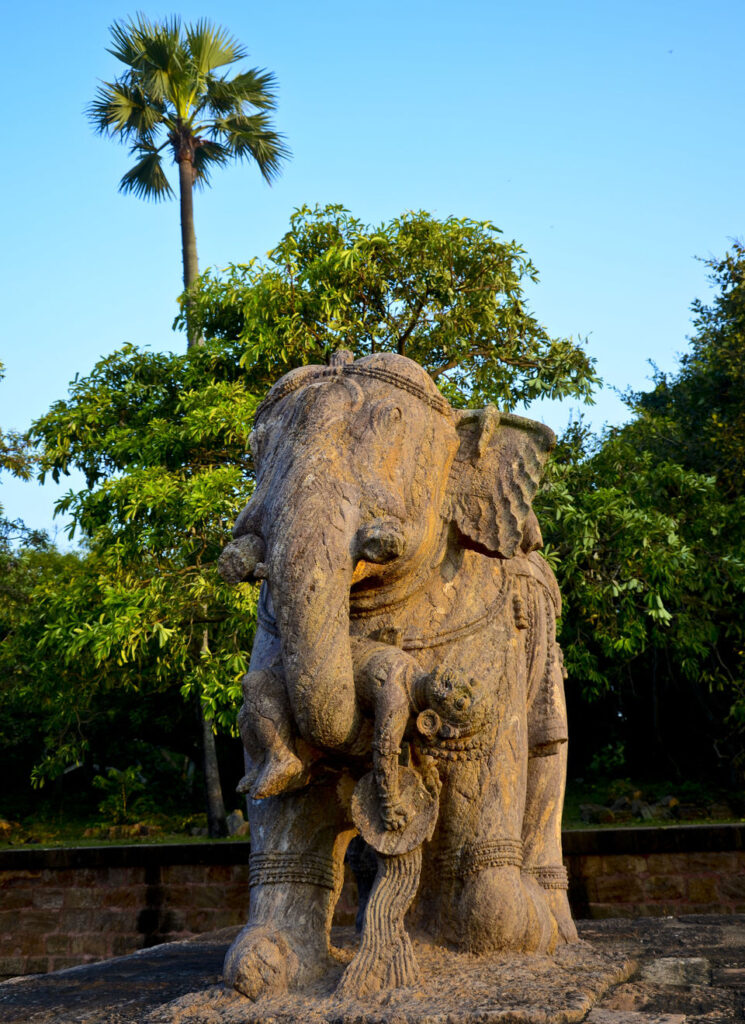
The Dance Festival of Konark
One of the best times to visit the temple is during the Konark Dance Festival, held every December. Classical dancers from across India perform against the backdrop of the temple. Imagine Odissi, Kathak, and Bharatnatyam dancers showcasing centuries-old traditions with the Sun Temple glowing in the moonlight.
This festival is not just a celebration of dance but also a tribute to the timeless culture of Odisha. The sound of music, the rhythm of dance, and the aura of Konark make it an unforgettable experience.
Best Time to Visit
While Konark can be visited all year round, the ideal months are October to March. The weather is pleasant, making it easier to explore. Summers can get quite hot, while the monsoon brings lush beauty but might limit outdoor exploration.
- October to February: Cool and perfect for sightseeing.
- March to June: Warm, but the temple looks spectacular under the bright sun.
- July to September: Monsoon rains enhance the greenery but make travel tricky.
Things to See Around Konark
If you’re planning a trip to Konark, don’t just stop at the temple. The surrounding region has a lot to offer:
- Chandrabhaga Beach – Just a short distance away, this beach is perfect for sunrise views.
- Konark Museum – Managed by the Archaeological Survey of India, it houses artifacts and sculptures from the temple.
- Puri – Only 35 km away, Puri is famous for the Jagannath Temple and its lively beach.
- Bhubaneswar – About 65 km from Konark, the city is dotted with ancient temples like Lingaraj and Mukteshwar.
Travel Tips for Visitors
- Start your visit early in the morning to catch the sunrise.
- Carry a hat and water bottle, as exploring the temple can take time.
- If you’re interested in photography, evening is magical when the temple glows under the setting sun.
- Don’t miss hiring a local guide; their stories bring the carvings to life.
Nearby Attractions
While the Sun Temple is the highlight, Konark has other places that can enrich your visit:
- Chandrabhaga Beach
Just a few kilometers away, this beach is famous for its sunrise views. Pilgrims often take a dip here before visiting the temple.
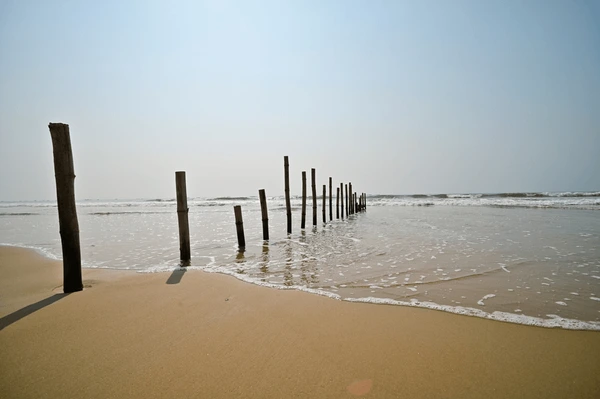
- Konark Museum
Managed by ASI, the museum houses original sculptures and artifacts recovered from the temple site. It’s a must-visit for history lovers.
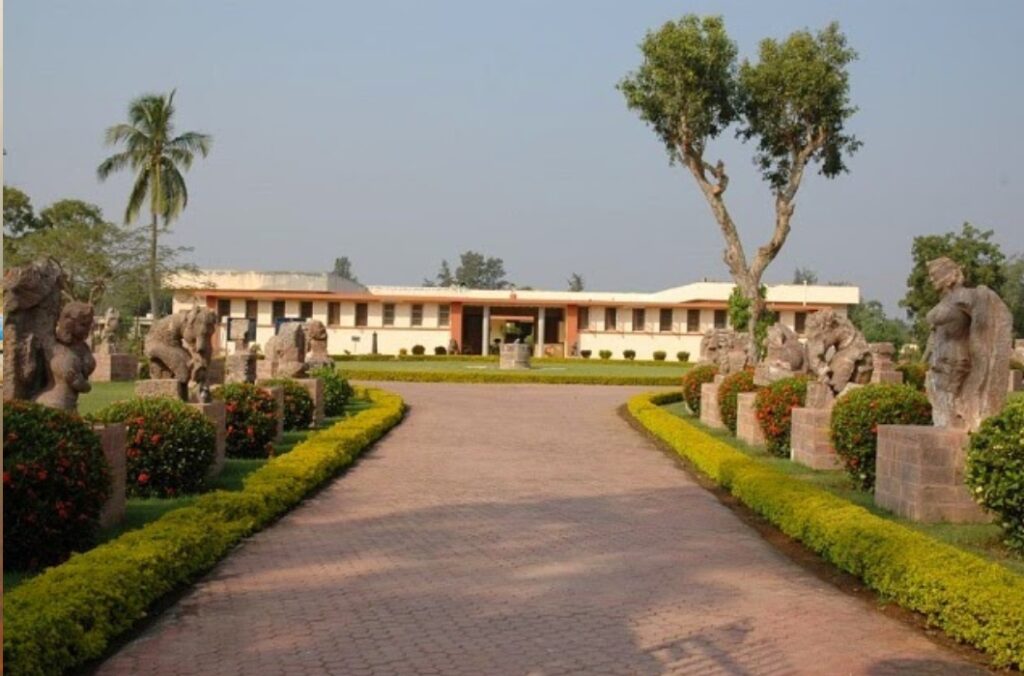
- Ramachandi Temple
Located near the Kushabhadra River, this temple is dedicated to Goddess Ramachandi and is an important religious site.
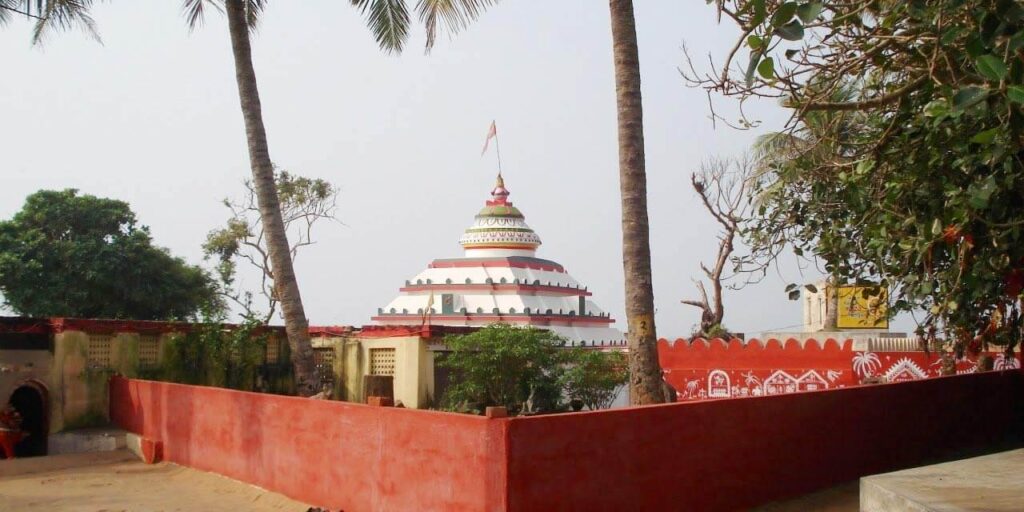
- Kuruma Village
An archaeological site where Buddhist relics have been discovered. It offers a glimpse into Odisha’s diverse cultural past.
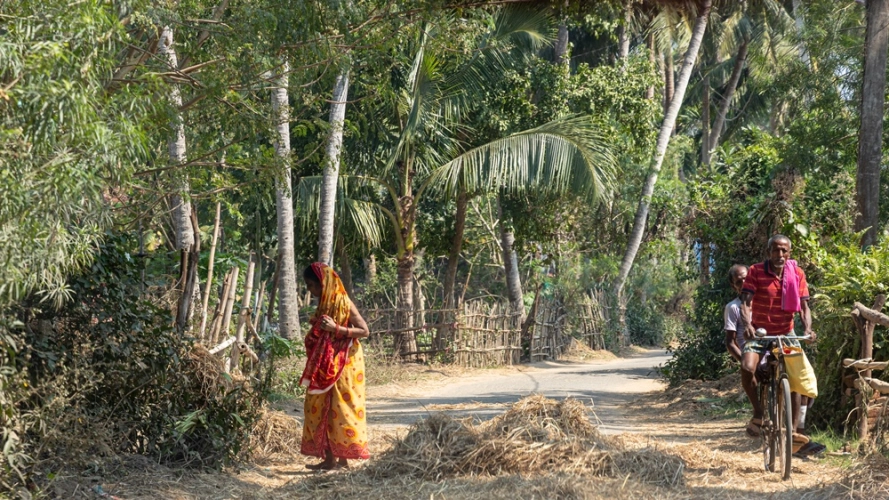
- Puri
About 35 km away, Puri is one of the four Char Dhams of Hinduism, famous for the Jagannath Temple and vibrant Rath Yatra.
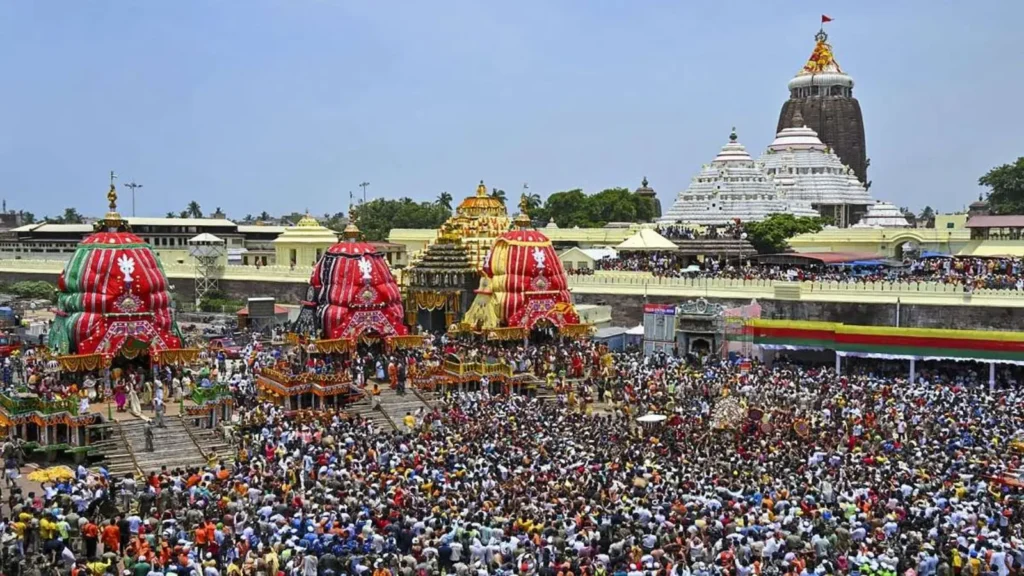
- Bhubaneswar
The capital of Odisha, about 65 km from Konark, is full of temples like Lingaraj, Rajarani, and Mukteshwar, earning it the name “Temple City of India.”
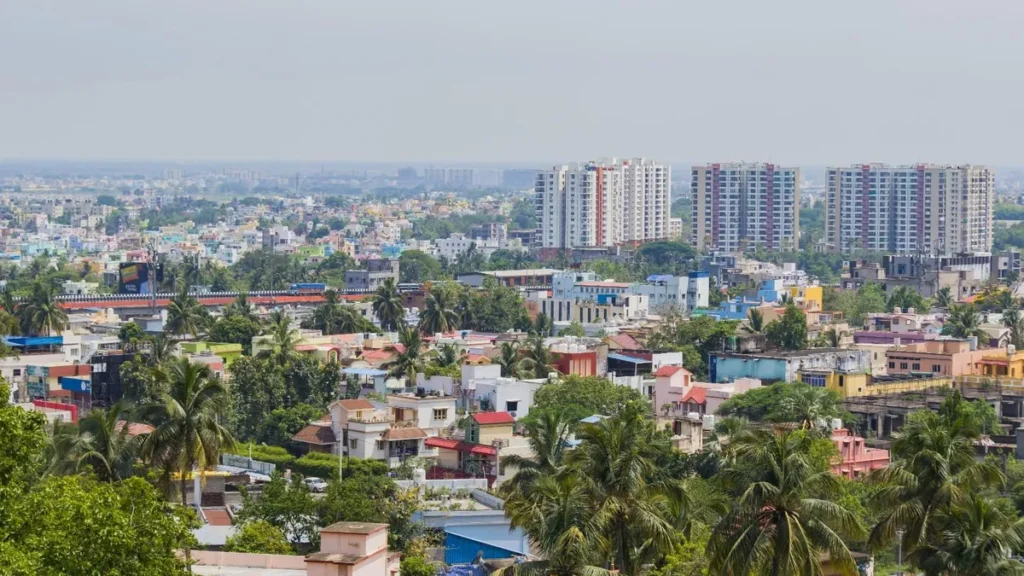
FAQ Section
Q1: Where is the Sun Temple located?
A: The Sun Temple is located in Konark, Odisha, about 35 km from Puri and 65 km from Bhubaneswar.
Q2: Who built the Konark Sun Temple?
A: The temple was built in the 13th century by King Narasimhadeva I of the Eastern Ganga dynasty as a tribute to the Sun God, Surya.
Q3: Why is the Sun Temple famous?
A: The temple is renowned for its magnificent chariot-shaped structure, stone carvings, and recognition as a UNESCO World Heritage Site.
Q4: What is the architectural style of the Konark Sun Temple?
A: The temple is built in Kalinga architectural style, designed as a giant chariot of the Sun God with 24 intricately carved wheels and seven horses.
Q5: What are the visiting hours of Konark Sun Temple?
A: The temple is open to visitors from 6:00 AM to 8:00 PM every day.
Q6: Is there an entry fee for the Sun Temple?
A: Yes, Indian citizens pay ₹40, while foreign tourists pay ₹600. Entry is free for children below 15 years.
Q7: What is the best time to visit Konark Sun Temple?
A: The best time is from October to February during the winter season. The Konark Dance Festival in December is a major highlight.
Q8: How to reach Konark Sun Temple?
A: You can reach Konark by road from Puri (35 km) and Bhubaneswar (65 km). The nearest airport is in Bhubaneswar.
Q9: What are the major attractions near Sun Temple?
A: Nearby attractions include:
- Chandrabhaga Beach
- Konark Museum
- Ramachandi Temple
- Puri Jagannath Temple
Q10: Is photography allowed at the Sun Temple?
A: Yes, photography is allowed inside the temple complex, but drones may require special permission.

